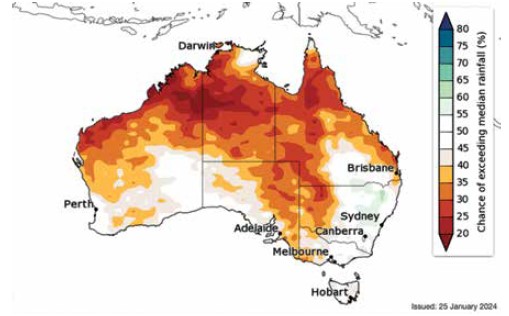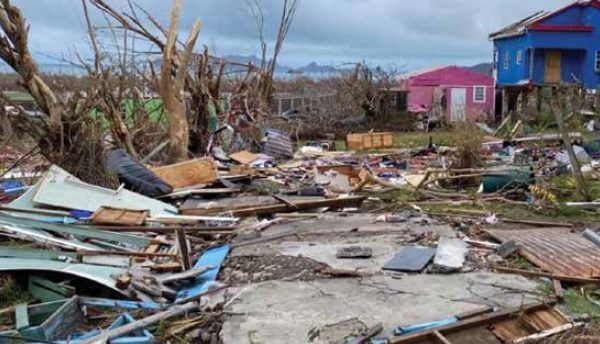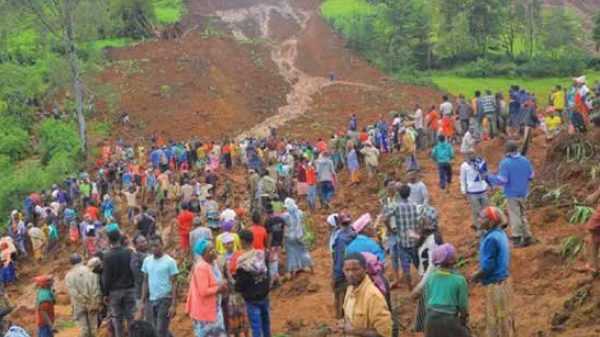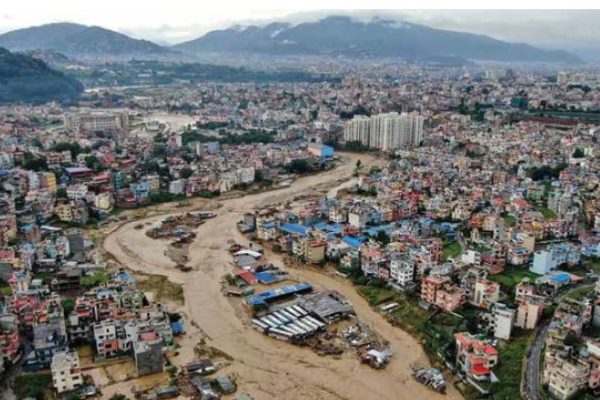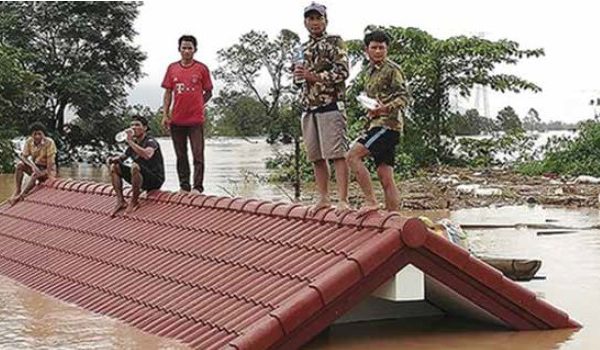
Relentless Rainfall Paralyzes South Korea’s Capital and Surrounding Areas: Floods, Landslides, and Widespread Evacuations
South Korea is grappling with one of its most devastating bouts of heavy rainfall in recent years as torrential downpours continue to pound Seoul and surrounding metropolitan areas. Beginning in the late hours of July 16 and stretching into the afternoon of July 17, relentless rain battered the capital’s borders, causing severe flooding, landslides, and…



